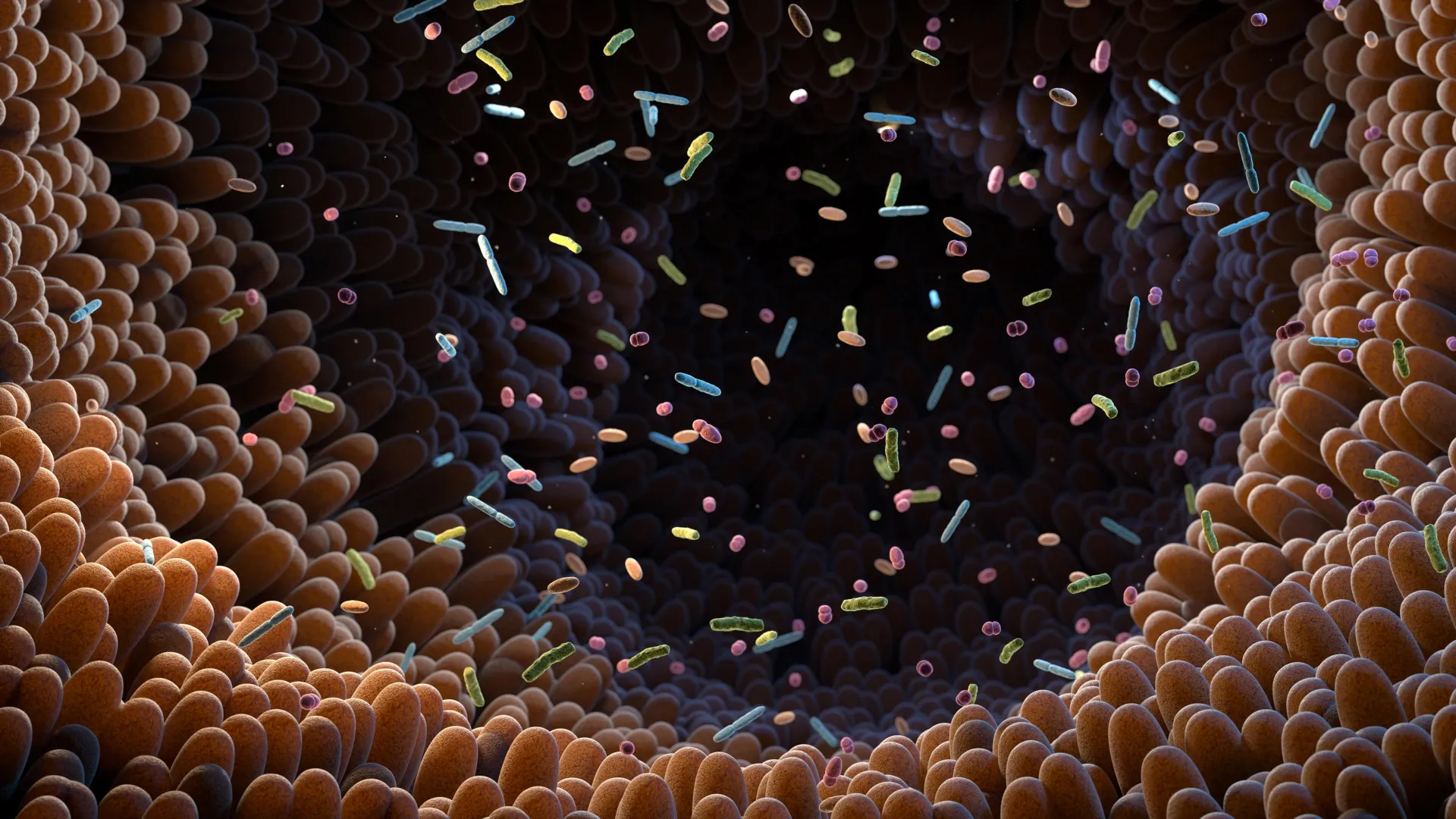ANI |
Updated: Nov 10, 2025 12:10 IST
Islamabad [

This could be a potential bloodbath.
A new contender has come forward to fight with Call of Duty and Grand Theft Auto 6.
Last week, when Rockstar revealed that Grand Theft Auto 6 would be delayed even further…

Pakistan Muslim League-Nawaz (PML-N) Senator Irfan Siddiqui’s health has deteriorated, and he has been moved to a ventilator, sources confirmed on Monday.
The development prevents him from participating in a…

A four-year-old boy who was unable to have a bath for nine months due to cancer treatment has been given the chance to “swim to his heart’s content” at a holiday resort.
Dzemil, from Liverpool, was born with a rare genetic condition and, after his…
CANBERRA, Nov. 10 (Xinhua) — A daily cup of coffee may protect against atrial fibrillation (AF), an irregular heartbeat that can cause heart failure, stroke, and premature death, a study has found.
Researchers have discovered a surprising…
CANBERRA, Nov. 10 (Xinhua) — A daily cup of coffee may protect against atrial fibrillation (AF), an irregular heartbeat that can cause heart failure, stroke, and premature death, a study has found.
Researchers have discovered a surprising…

Gut bacteria play a major role in human health, influencing everything from digestion to immunity and mood. Yet, the microbiome’s complexity is staggering. The sheer number of bacterial species and their interactions with human chemistry have…

Gut bacteria play a major role in human health, influencing everything from digestion to immunity and mood. Yet, the microbiome’s complexity is staggering. The sheer number of bacterial species and their interactions with human chemistry have…

Visa, Mastercard Near Deal With Merchants That Would Change Rewards Landscape
The deal under discussion would lower credit-card interchange fees for merchants, but could make it harder for consumers to use rewards cards at the register.
—-
Pfizer and Metsera Reach Deal Expected to Top $10 Billion
Pfizer prevailed over Novo Nordisk after an unusual bidding war for the weight-loss startup.
—-
Israeli Spyware Maker NSO Gets New Owners, Leadership and Seeks to Mend Reputation
Investors led by Hollywood producer Robert Simonds have taken a controlling stake in the company behind Pegasus, and former Trump official David Friedman has been named executive chairman.
—-
FAA Orders Grounding of MD-11 Planes After Kentucky Crash
UPS and FedEx had earlier removed cargo planes from service as the death toll in Louisville climbs to 14.
—-
Why Car Insurers Are Under Pressure to Cut Rates
Car insurers have been bracing for the fallout from a trade war, but it’s a price war they should be more worried about.
—-
Disney-YouTube TV Blackout Has Customers Scrambling and Getting Creative
Fans of football and ‘Dancing With the Stars’ are hooking up antennas to stay tuned in.
—-
Riding in a Chinese Robotaxi Is Pretty Smooth-That’s a Problem for Waymo
While U.S. companies dominate their home market, other countries are looking to China for driverless technology.
—-
Samsung Wants to Launch a U.S. Credit Card and Challenge Apple in Consumer Finance
The South Korean tech giant and Barclays are in advanced talks to launch a credit card, with both seeking bigger inroads into Americans’ financial lives.
—-
Affirm Eyes Card Payments as Next Era of Buy Now, Pay Later
Buy now, pay later companies like Affirm are aiming to compete more closely with credit-card companies.
—-
Sony and CBS Settle ‘Wheel of Fortune’ and ‘Jeopardy!’ Fight
Sony Pictures Television will take over distribution of the two shows from CBS starting with international sales later this year, followed by domestic sales to local TV stations in the fall of 2028.
—-
KKR Defied Private-Equity Fundraising Slump in the Third Quarter
The private-markets managers leaders sought to counter the gloomy headlines that have dampened the mood of many private-equity investors.
—-
Six Flags Mulling Park Sales After Revenue Drops
Six Flags reported lower third-quarter revenue and said its efforts to grow demand were unsuccessful in the quarter.
—-
Brookfield Sees Strong Fundraising Ahead on Heels of Banking $30 Billion
The infrastructure investor is shopping for capital for its first strategy dedicated to artificial intelligence.
—-
First Brands Wins Approval to Tap Bankruptcy Loan to Fund Operations
A bankruptcy judge in Houston authorized the auto-parts supplier access to $600 million in a loan to continue funding its business.
—-
Wendy’s to Close Hundreds of Stores
Wendy’s logged lower sales and profit for the third quarter as consumers continue to cut their spending at restaurants.
(END) Dow Jones Newswires
November 10, 2025 01:15 ET (06:15 GMT)
Copyright (c) 2025 Dow Jones & Company, Inc.